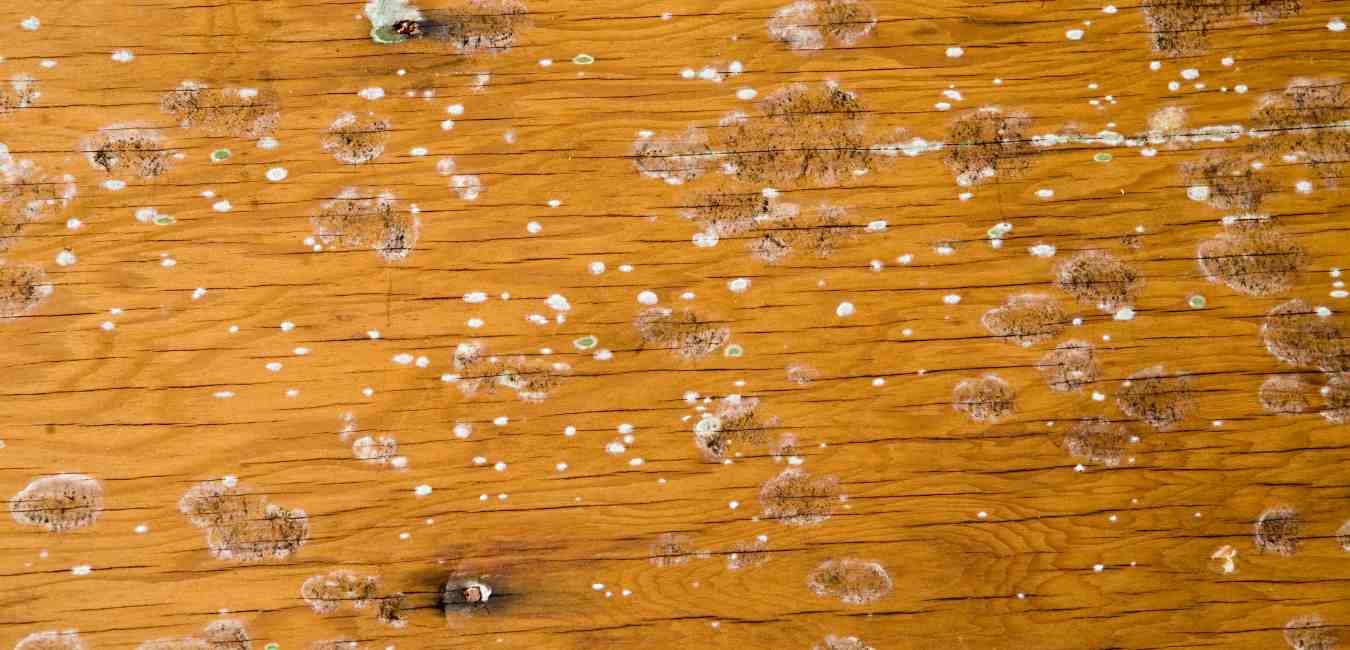
Mold is a common problem for homeowners, especially for those living in damp or humid climates. Mold can cause health issues, and it can also damage surfaces like wood, making it important to remove mold from wood quickly and effectively.
In this blog post, we’ll look at the steps necessary to safely and effectively remove mold from wood.
What is Mold?
Mold is a type of fungus that grows in damp and humid environments. It’s composed of tiny, thread-like structures called hyphae that take up nutrients from the environment. It can cause a variety of health issues, such as asthma, allergies, and other respiratory problems.
Why is it Important to Remove Mold from Wood?
Mold can cause discoloration, staining, and even structural damage to wood. It can also lead to the growth of other fungi, such as mildew, which can further damage the wood surface. For these reasons, it’s important to remove mold from wood as quickly as possible.
How to Remove Mold from Wood
-
Identify the Source of the Mold
The first step in removing mold from wood is to identify the source of the mold. This can be done by looking for damp, dark spots on the wood, or by looking for discoloration or staining. Once you’ve identified the source of the mold, you can take steps to address the underlying issue, such as addressing a leaky pipe or fixing a damp basement.
-
Ventilate the Area
Once you’ve identified the source of the mold, it’s important to open windows and doors and to use fans to increase ventilation in the area. This will help to reduce the humidity and dampness that can cause mold to grow.
-
Clean the Area
Once you’ve addressed the underlying issue and increased ventilation, it’s time to clean the area. Start by dusting the area to remove any surface dust and debris. Then, use warm, soapy water to scrub the affected area. Make sure to use a scrub brush to ensure that the mold is removed from the wood.
-
Use a Chemical Solution
If the mold is persistent, you may want to use a chemical solution. Bleach is often used for this purpose, but you may want to use a commercial mold-removal product if the mold is severe or if the wood is delicate. Follow the instructions on the product label carefully, and make sure to wear protective gear, such as gloves and a mask.
-
Replace Damaged Wood
If the mold has caused severe damage to the wood, you may need to replace the affected area. This is especially true if the wood is structurally compromised. If the wood can be repaired, use a wood filler to repair the damage before painting or staining the wood.
Conclusion
Mold can be an unsightly and dangerous problem for homeowners, so it’s important to take steps to remove mold from wood quickly and effectively. By following the steps outlined in this blog post, you can safely and effectively remove mold from wood and protect your home from further damage.
Resources
“Wood Mold Cleaning: Best Practices and Solutions.” DoItYourself.com, www.doityourself.com/stry/wood-mold-cleaning-best-practices-and-solutions.
Warr, Jonathan. “How to Remove Mold From Wood.” CleaningIdeas.com, www.cleaningideas.com/remove-mold-wood/.
